SAP APO Global ATP
What we will cover…
Global ATP / OLTP Interface
- CIF
- Integration Model
Rule-based ATP
- Elements of a Rule
- Product substitution procedure
- Location substitution procedure
- Rule control
- Calculation profile
- Rule determination
Wrap-up
References
Session Takeaways
Untitled Document
Global ATP / OLTP Interface: CIF
The SAP APO Core Interface (APO CIF) is a standardized interface solution that enables you to integrate SAP APO with the SAP R/3. As an SAP R/3 add-on, APO CIF is part of the SAP R/3 Plug-In that interconnects all mySAP.com components with SAP R/3.
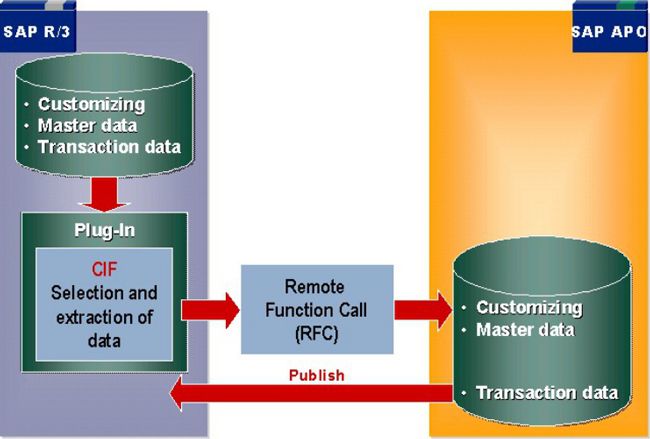
Global ATP / OLTP Interface: Screenshots from SAP
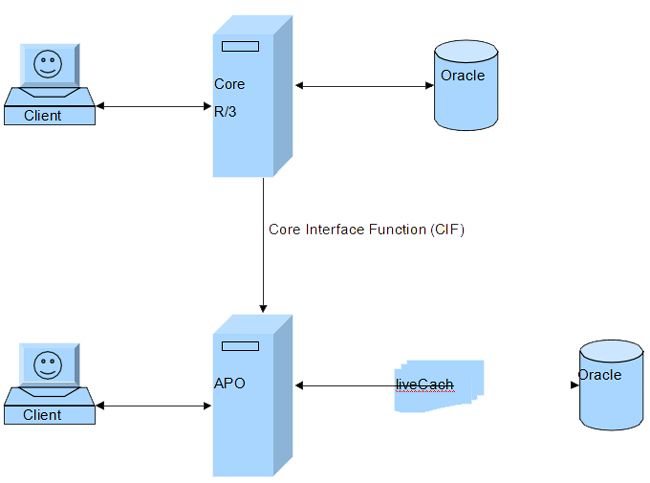
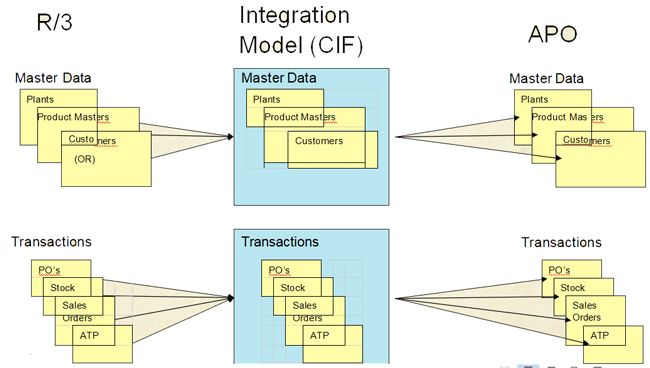
Global ATP / OLTP Interface: Integration Model
- An integration model gathers all data (filter objects) to be transferred in one chunk from SAP R/3 to SAP APO. The integration model has a name and is related to a target system. You start the data transfer by activating the generated integration model.
- The interface extension allows the transfer of non-standard data from SAP R/3 to SAP APO and vice versa.
- The integration model is used for both the initial data transfer and the change transfer.

Rule-based ATP
- Rule-based availability checking is an iterative process. Rules and the corresponding check results determine the subsequent checking steps: Product substitution, Location substitution
- The system stops searching when a check step provides an acceptable result (calculation profile).
- If no other setting is active, the system summarizes the results of each step until the requested quantity is satisfied. If SD is used in SAP R/3, this leads to the generation of sub items in the corresponding sales order.
ATP in R/3
- Single Location Check
- Manual Multi-plant availability view
- Product substitution
ATP in APO
- Global-multi location and system check
- Rules-based (alternative locations, alternative products, calculation rules)
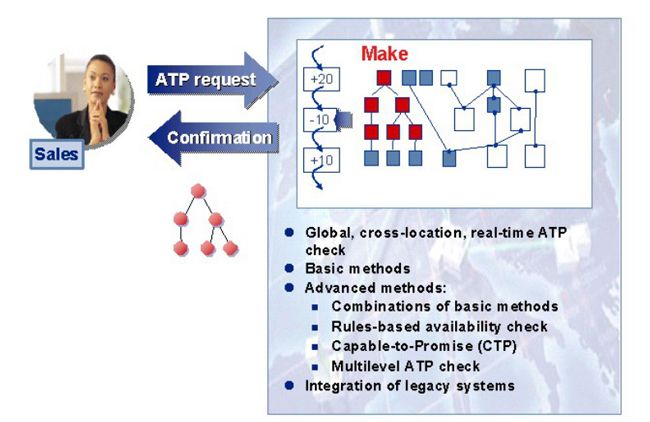
It is possible to use the following documents for Global ATP:
- SD documents (for example, sales order, delivery)
- Stock transfers (stock transport requisitions, in-plant stock transfer reservations)
- Component check (production order, planned order, subcontract procurement processing...)
- Inventory management (goods issue check MM, reservation)

Rule Based ATP – Elements of a Rule
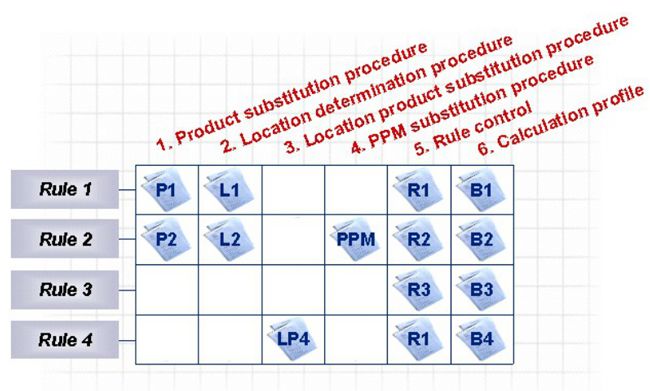
Rule Based ATP – Product Substitution procedure
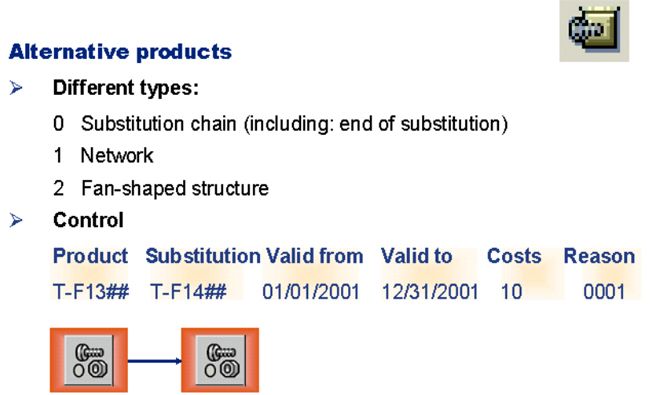
Rule Based ATP – Location determination procedure
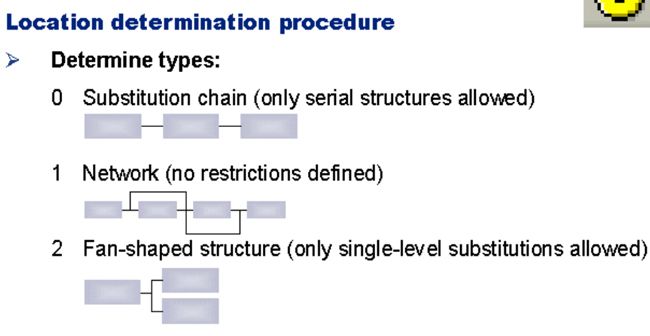
Rule-based ATP - Rule control
Settings for the rule control consist of general settings, a list sequence, product strategy, and location strategy.
General settings:
- Rule control is inclusive or exclusive?
- Maximum number of substitutions to be carried out?
List sequence defines the sequence in which product substitution lists and location determination lists are taken into account together.
The product strategy defines the sequence in which alternatives are processed in a specific product substitution list.
The location strategy defines the sequence in which alternatives are processed in a specific location determination (substitution) list.
The system stops searching when a check step provides an acceptable result (calculation profile).

Rule-based ATP - Rule control (Access strategy)
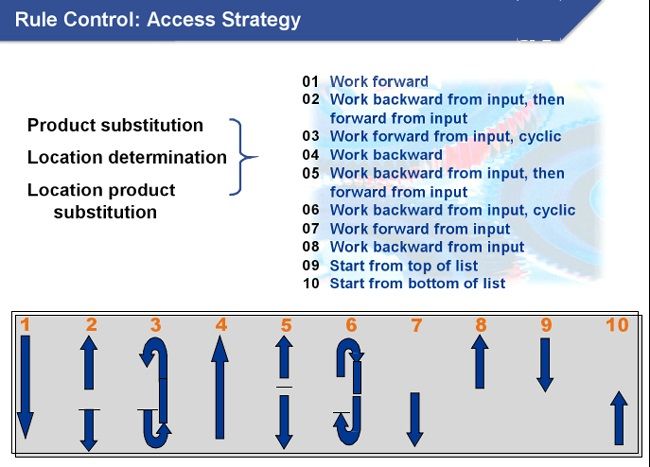
Rule-based ATP – Calculation profile
The calculation profile allows you to set limits on substitution processing of the check results accepted.
How long the system confirms forward and backward from the requested date given by the business event.
- Allowed delay: This enables you to permit delivery of a substitution even after a period of days. If you set this indicator, you must also specify how long the delivery may be delayed (that is,the number of days allowed by this calculation profile).
- Allowed early confirmation: This allows you to permit early confirmation of an order for the ATP check.
Backward consumption limit: This allows you to specify a time horizon that prevents stock or early receipts from being consumed by orders that lie far in the future.
The number of partial deliveries restricts the delivery proposals generated for each check.
Package size and/or overdelivery
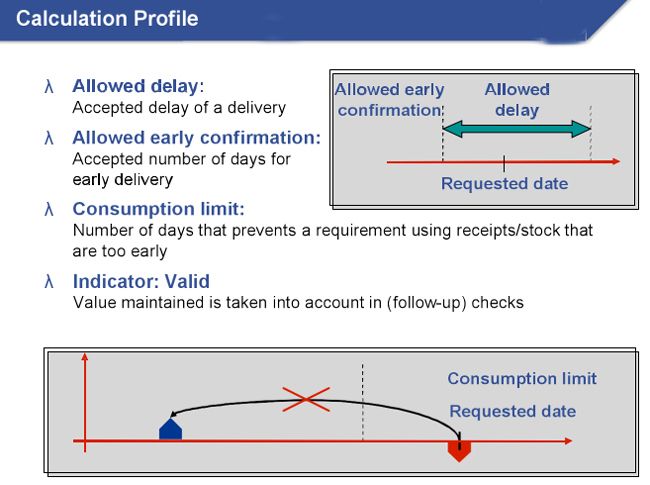
Wrap-up
- This solution is for customers where standard R/3 ATP does not suffice
- Available only for Sales Orders and STOs as of SCM 5.0
Session Takeaways
- The customizing features available in APO GATP
- The SCM business challenges that can be dealt with APO GATP.